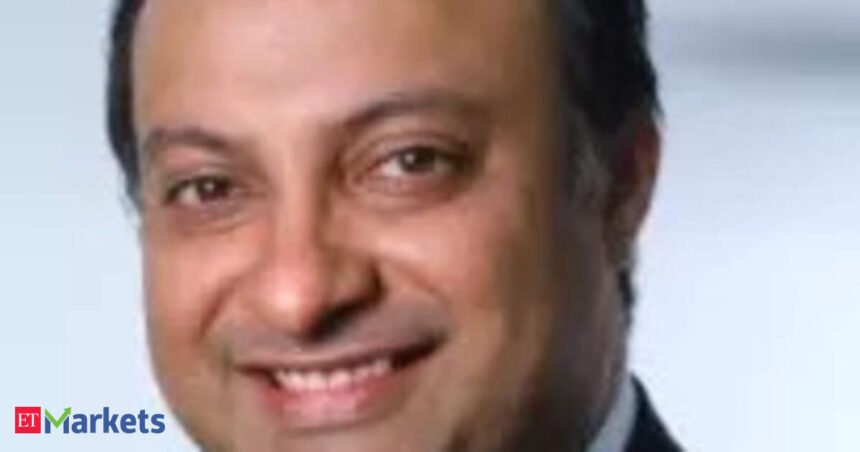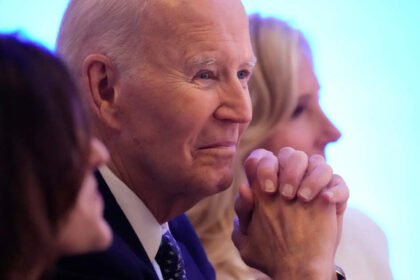For the first time, we are seeing developed markets surprising on the upside of inflation, while inflation in emerging markets is cooling off. What’s driving this divergence, and what are the implications for India?
Abhishek Banerjee: To understand this divergence, we need to look at both the source of inflation in developed markets and the deflationary pressures in emerging markets.
Developed economies, especially the US, are imposing tariffs, which act like invisible taxes on consumers. This raises the landed cost of goods. Last time the US introduced tariffs on China, the Chinese yuan depreciated, offsetting the higher tariffs. This time, however, the currency weakening isn’t happening—so the full burden of the tariff is being felt, fueling inflation.
On the other hand, emerging markets are seeing deflationary trends. The US has gained full access to manufacturing markets like Indonesia and Vietnam, which are now being flooded with cost-effective US goods. That, combined with stronger currencies, means lower prices in these markets.
India’s outlook is still evolving. India may likely allow some market access to the US in exchange for tariff concessions. Interestingly, for the first time, emerging markets like India are in a position to cut rates, while developed markets are expected to raise them. We saw RBI cut the CRR by 100 basis points and follow it with a 50 bps rate cut.
From a market perspective, this environment favors value investing over growth. In India, smaller companies and less-leveraged businesses may outperform as inflation trends shift globally.
Let’s talk about geopolitical risks. Do you think tensions are rising? What should be an investor’s strategy in this environment? Is it time to move to risk-free assets, or do “buy-the-dip” opportunities still exist?
Abhishek: Geopolitical risks remain elevated. While tensions in the Middle East were briefly contained, new flashpoints are emerging, Israel-Syria, the unresolved Russia-Ukraine conflict, China-Taiwan tensions, and possible North Korea provocations.
These risks won’t go away anytime soon. That’s why investors may shift toward domestically linked sectors. With global unpredictability, sectors like defence, metals, and materials could serve as hedges.
In short, geopolitics is now business-as-usual for markets. Investors should diversify into themes less exposed to global supply chains and more aligned with India’s domestic demand story.
What’s your view on the current earnings season? We’ve seen IT services underperform and pharma facing tariff threats. Which sectors offer more resilience amid geopolitical volatility?
Abhishek: IT services are under pressure due to global headwinds and structural changes like the rise of AI. Agentic AI systems are replacing tasks traditionally outsourced to India, and global clients are wary of geopolitical instability affecting delivery centers.
Pharma is facing its own challenges, especially the threat of a 200% tariff on exports to the US. This is significant because most listed Indian pharma companies derive 30–40% of their revenues from the US.
Given this backdrop, domestic-facing sectors like financials, especially credit-focused banks and capital market players, offer relative safety. FMCG, though underperforming recently, could serve as a stable allocation. For more adventurous investors, metals, engineering, and materials offer alpha opportunities.
Q. Specifically on Indian pharma, with the US being our largest export market, how should investors navigate this 200% tariff risk?
Abhishek: There’s definitely headline risk, but also opportunity. Indian pharma firms like Biocon, Lupin, and Laurus Labs — which derive a large portion of their revenue from the US — could explore local manufacturing or brownfield acquisitions in the US. The new US tax laws also offer generous incentives for setting up facilities.
I personally do not believe a 200% tariff will materialize. A more likely scenario is a 20% tariff and that’s likely already priced in.
If you’re already invested in Indian pharma, stay patient. These are high-quality companies with strong management. But if you’re not yet invested, it may be wise to wait for clarity before allocating fresh capital.
Q. What’s your current view on precious metals? Gold prices seem to have stalled. Is a fresh rally likely?
Abhishek: Gold appears to be range-bound for now. Historically, after a price spurt, gold tends to fluctuate ±5% for the next few years. That’s what we expect going forward.
While some experts have projected $5,000 gold, that’s not our view. Gold should be a part of your portfolio if you’re preserving wealth, but if you’re still in the wealth-building phase, equities offer better opportunities at this time.
Q. What are the top risks for India going forward? Specifically, how would a sharp rise in crude oil prices affect our macroeconomic outlook?
Abhishek: Oil is India’s Achilles’ heel. Our road-heavy logistics and supply chain make us vulnerable to oil price spikes. A flare-up in any geopolitical hotspot could easily push crude prices $20 higher, severely impacting inflation and interest rates — and thereby equity valuations, especially for high-P/E stocks.
That said, India is actively diversifying, moving to solar, reviving coal, and investing in nuclear energy. Plus, the economy is benefiting from a strong domestic base: tax collections are healthy, dividend payouts from PSUs and RBI are strong, and inflation is under control.
If anything, India’s risk is on the upside, global investors might underestimate a coming rally. Small-cap valuations may look stretched on a trailing basis, but forward PEs still look attractive.
Q. What’s your advice to investors today, both conservative and aggressive?
Abhishek: For low-risk investors, I’d recommend exposure through balanced advantage funds or a mix of debt and equity with a tilt toward domestic sectors. But this approach needs thoughtful asset allocation, ideally through an advisor.
For high-risk investors, small-caps still offer good opportunities. Sector-wise, NBFCs, metals, banks, and manufacturing-focused stocks remain attractive.
Whether through ETFs, passive funds, or stock-picking, there are multiple ways to build exposure based on your risk appetite.
Disclaimer: Recommendations, suggestions, views and opinions given by the experts/brokerages do not represent the views of Economic Times.







